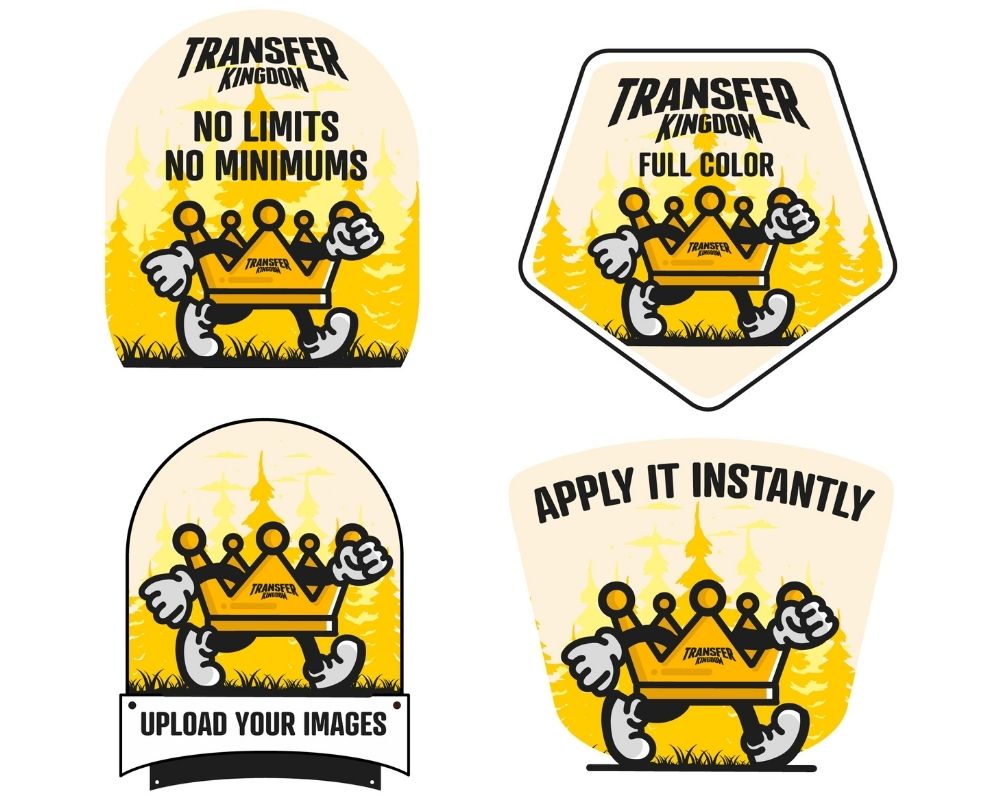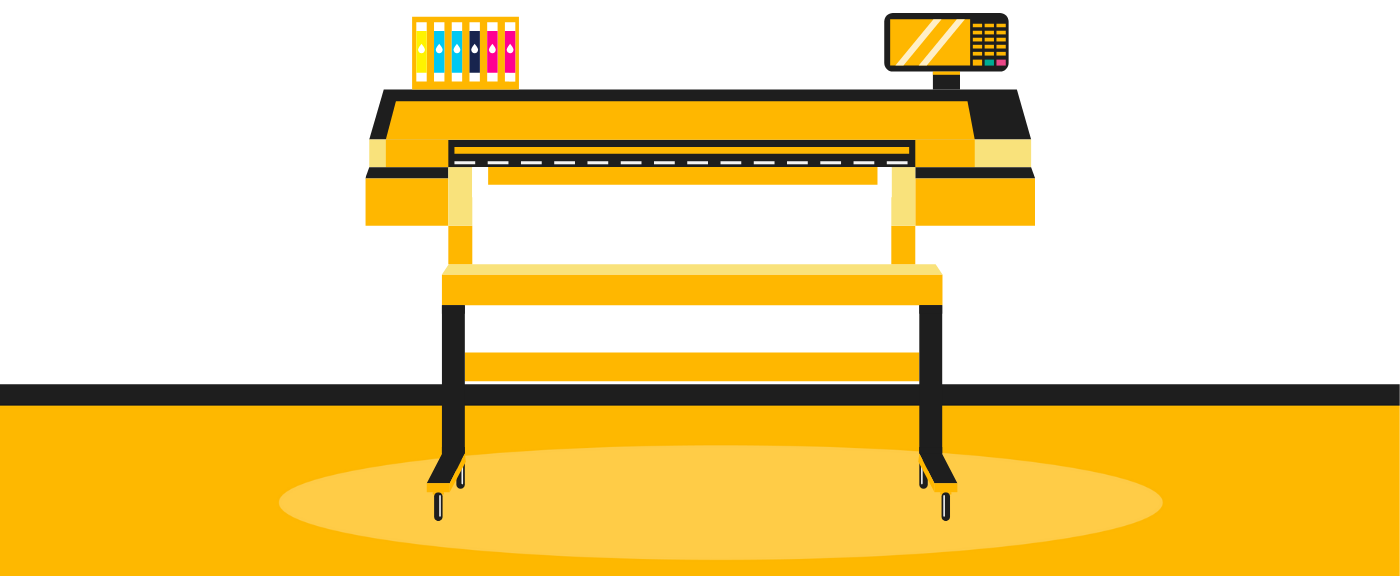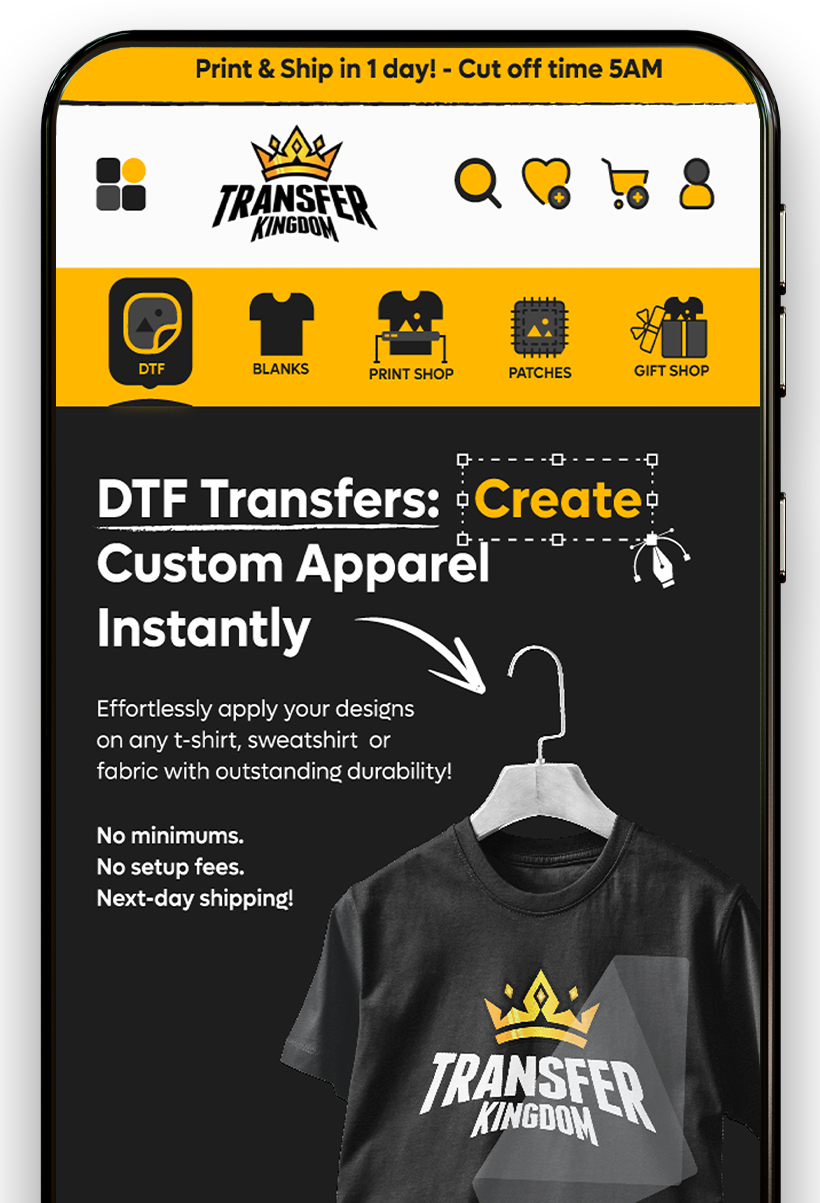UV DTF Sticker vs Regular Stickers: Which is Better for Your Business?

Both UV DTF and regular stickers have their place in the printing world, but for businesses aiming to deliver durable, high-quality products, UV DTF is the clear winner. With scratch-resistant finishes, waterproof qualities, and premium textures, they elevate branding and provide long-lasting value. Regular stickers remain useful for labels and budget projects, but UV DTF opens new opportunities for businesses to expand into premium customization and increase profits.
Stickers have always been a go-to option for businesses—whether it’s branding packaging, selling custom designs, or handing out promotional freebies. But today, the sticker market is evolving fast, and one innovation has taken center stage: UV Direct to Film (UV DTF) stickers.
If you’re running a printing shop or selling custom products online, you’ve probably wondered: Are UV DTF stickers really better than regular stickers like vinyl or paper decals? And more importantly, which option is right for your business?
This guide breaks down the differences between UV DTF and regular stickers, their pros and cons, and how businesses can choose the best option for their needs.
What Are UV DTF Stickers?
UV DTF stickers are created using UV-cured ink printed on transfer film. Instead of applying ink directly onto vinyl or paper, the design is cured with UV light, then transferred onto the surface using an adhesive film.
The result? A durable, waterproof, scratch-resistant sticker that sticks to almost any surface—from mugs and tumblers to laptops, phone cases, and packaging.
👉 Many businesses are adopting UV DTF alongside DTF transfers for apparel to offer a complete customization package.
What Are Regular Stickers?
“Regular stickers” usually refer to vinyl stickers, paper decals, or sublimation-based prints. While they’ve been industry staples for years, they come with certain limitations:
Vinyl stickers: Popular for their flexibility and ease of use, but prone to peeling and fading.
Paper stickers: Great for short-term use (like labels) but not waterproof or durable.
Sublimation decals: Vibrant but require polyester-coated surfaces and special equipment.
These traditional options are cheaper but don’t always meet the durability demands of modern businesses.
UV DTF vs Regular Stickers: Key Comparisons
| Feature | UV DTF Stickers | Regular Stickers (Vinyl, Paper, Sublimation) |
|---|---|---|
| Durability | Scratch-resistant, waterproof, fade-resistant | Vinyl: medium; Paper: low; Sublimation: high but limited |
| Surface Options | Works on glass, metal, wood, plastic, ceramic | Vinyl: smooth only; Paper: flat only; Sublimation: polyester only |
| Application | Peel, stick, press—no heat or tools needed | Vinyl: peel & stick; Sublimation: heat press |
| Finish | Embossed, textured, premium look | Vinyl: flat matte/gloss; Paper: basic |
| Longevity | Years with proper care | Vinyl: months–1 year; Paper: days–weeks |
| Cost | Slightly higher upfront | Generally cheaper |
| Best For | Long-lasting branding & premium products | Short-term use, labels, budget-friendly runs |
Benefits of UV DTF Stickers for Businesses
1. Professional Durability
2. Versatility Across Products
3. Premium Look and Feel
4. No Special Equipment Needed
5. Higher Profit Margins
When to Use Regular Stickers
Regular stickers still have a place in the market, especially when:
Budget matters: Paper stickers are ideal for packaging labels or temporary branding.
Short-term use: Event passes, product labels, or giveaways where longevity isn’t necessary.
Large quantity, low cost: Vinyl and paper can be produced cheaply in bulk.
For example, if you’re printing labels for shipping boxes or temporary price tags, regular stickers may be more cost-effective than UV DTF.

Which Is Better for Your Business?
The choice depends on your target audience and business model:
For premium branding: UV DTF stickers win. They deliver a professional look customers will pay more for.
For high-volume, budget-friendly runs: Regular vinyl or paper stickers are better.
For long-term durability and versatility: UV DTF is unmatched, especially for products like drinkware, electronics, and promotional merchandise.
👉 If you sell both apparel and accessories, combining UV DTF stickers with gang sheet builder designs helps maximize efficiency and profits.
Cost vs Value Considerations
While UV DTF stickers may cost slightly more to produce, the return on investment is higher because they:
Last longer → fewer replacements.
Sell for higher prices → better margins.
Increase perceived product value → customers view them as premium.
Regular stickers are cheaper upfront but may lower customer satisfaction if they fade or peel quickly.
Trends for Stickers in 2025
Eco-Friendly Solutions – Recyclable films and non-toxic UV inks.
Luxury Branding – Raised textures and metallic finishes.
On-Demand Personalization – Custom stickers ordered online for same-day production.
Bundle Selling – Combining stickers, apparel, and accessories into product sets.
Automation – Streamlined production for high-volume sticker shops.
By aligning with these trends, businesses can future-proof their sticker offerings.
Are UV DTF stickers really more durable than vinyl?
Yes, they are scratch-resistant, waterproof, and last much longer.
Do UV DTF stickers cost more to make?
Slightly, but their premium look allows higher resale prices.
Can UV DTF stickers be used outdoors?
Yes, they’re resistant to fading and water damage.
Are regular stickers still useful for businesses?
Yes, for short-term and budget-friendly applications like labels.
Do UV DTF stickers need special tools to apply?
No, just peel, stick, and press firmly.
Can I use UV DTF stickers on curved items?
Yes, they work well on bottles, mugs, and helmets.
Do regular paper stickers fade quickly?
Yes, they’re not waterproof or scratch-resistant.
Which is better for branding?
UV DTF stickers offer a premium look, making them better for professional branding.
Can I combine UV DTF with apparel printing?
Yes, pairing stickers with DTF transfers creates complete branding packages.
Is UV DTF a good choice for beginners?
Yes, it’s easy to apply and doesn’t require expensive equipment.









